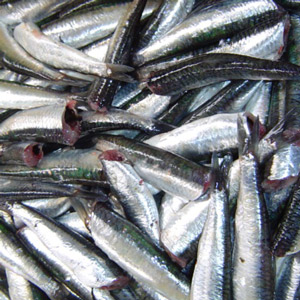CONTRIBUTION
The anchoveta (Engraulis ringens) is the most abundant pelagic species in Peruvian waters, and a vital food source for other fish, birds and marine mammals within its ecosystem. Between six and ten million tonnes of anchoveta are caught every year, of which 98% ends up converted into fish meal or oil for animal consumption. This massive extraction represents an equally massive threat for the biodiversity of Peru’s seas. Researchers on the winning project decided the way round this was to promote human consumption of anchovetas, enhancing their value-added and by this means discouraging their use as animal feed, while allowing the fisheries sector to scale back catches without losing income.
Since the project began, human consumption of the anchoveta has quintupled from the 30,000 tonnes of 2005 to more than 150,000 tonnes in 2011. And the public now has a wide choice of anchoveta products at highly economical prices. As we write, indeed, over half the fish conserves produced in Peru are anchoveta-based.
Anchoveta Week is also serving as a model for other countries. The objective, in the medium-to-long run, is to promote more efficient aquaculture, in which fish farms feed their stocks on fish parts that are not suitable for human consumption. “The world population is eating more and more fish, but if we feed cultivated species on small fish that we could eat ourselves, the system will never be efficient,” remarks the Center’s director Patricia Majluf. “This project shows that change is possible.”

